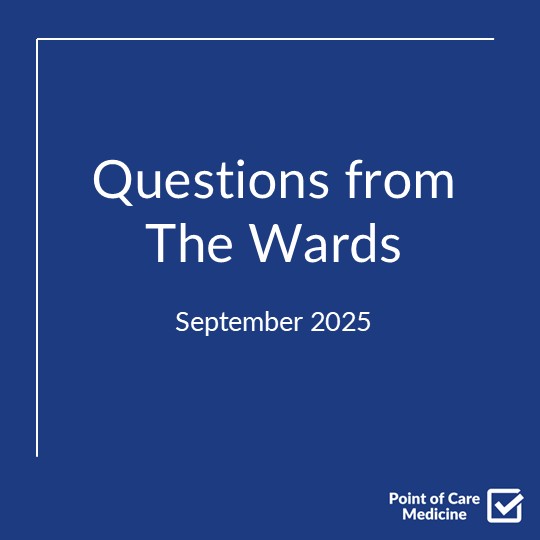Audio
Video
Introduction
Running a code can be intimidating at first. Follow these top tips to make running a code second nature!
Act Fast: Start Chest Compressions
If a patient has no pulse within 10 seconds of checking, start chest compressions immediately. Ensure that the patient is full codebefore escalating any further beyond compressions.
Call for Help: Delegate and Communicate
As the person running the code, make sure to call for help overhead. This will bring anesthesia, pharmacy, and other team members for assistance. Get to the head of the bed to establish that you will be responsiblefor running the code, and begin to delegate tasks such as chest compressions, rhythm and pulse checks, time-keeping, and obtaining access. Encourage nursing staff and learners to line up for good compressions and provide feedback.
Assess Patient Access and Begin Collecting Data
Assess the patient's access and ensure it's adequate. Ifnot, ask an RN or colleague to place a better IV or try for an intraosseous (IO) access if unsuccessful. Request an ultrasound for point-of-care ultrasound(POCUS) and send off initial labs, including ABG, CBC, BMP, LFTs, lactate, and more.
Designate an Information Gatherer
Ask someone (usually a co-intern or resident) to serve asyour "code whisperer" or information gatherer. This person will review the patient's medical history, day events, recent labs, and other relevant information to help determine the etiology of the arrest.
Keep the Family Informed
Assign someone to communicate with the patient's family orprimary contact. Inform them of the situation and ensure they consent tofurther interventions.
Determine ECMO Candidacy
Understand whether the patient is a candidate for extracorporeal membrane oxygenation (ECMO). Ideal candidates have a reversible cause of arrest (a common example is PEA arrest due to PE, VT/VFib from MI or cardiogenicshock, and respiratory failure due to ARDS or COPD/asthma) and can benefit from ECMO as a bridge to definitive treatment. Involve the ECMO team within 10 minutes of the arrest if possible. Some common contraindications for ECMO include untreatable metastatic cancer and end-stage heart failure.
Memorize the ACLS Algorithm
Follow the usual ACLS protocol for compressions, rhythm checks, pulse checks, and intubation.
If VTach or VFib, shock every 2 minutes, and give epinephrine 1mg every other round and amiodarone 300mg/150mg alternating with epinephrine(max two doses).
If PEA or asystole, give epinephrine 1mg every other round.
Consider adjunct treatments for other common causes ofarrest, including magnesium sulfate (torsades), calcium gluconate (hyperkalemia), lactated ringers (hypovolemia), D50 (hypoglycemia), bicarbonate (acidosis), and tPA (PE).
Identify Reversible Causes of Arrest
Evaluate the H's and T's—hypovolemia, hemorrhage, hypoxia, H+ Ion (acidosis), hyperkalemia, hypothermia, thrombosis (PE and ACS), tensionpneumothorax, tamponade, and toxins. Choose interventions based on theunderlying cause of the arrest.
Implement Post Cardiac Arrest Care
Managing a code doesn't end with return of spontaneouscirculation (ROSC). Continue to address the presumed etiology of the arrest, maintain oxygenation, manage fluids, and consider targeted temperaturemanagement (TTM) if the patient is not following commands. Evaluate the need for further interventions, such as coronary catheterization for STEMI or CT pan-scan if the etiology of the arrest is unknown.








.png)
